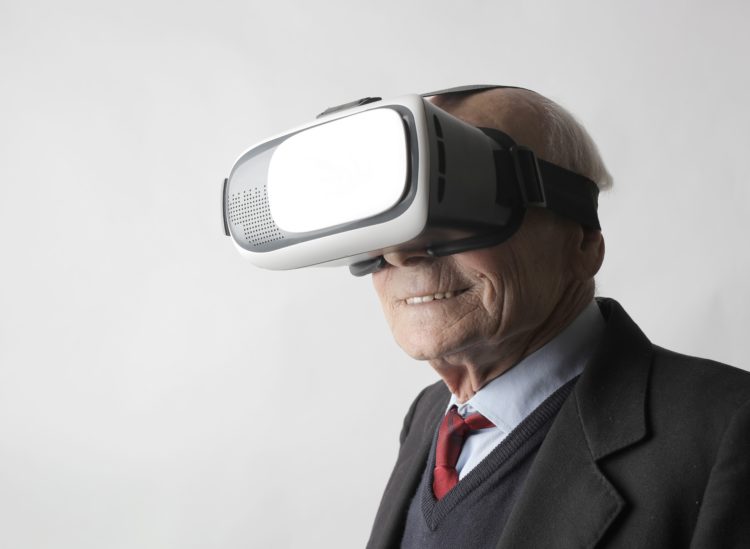The global pandemic engendered a shift to hybrid workforces that most expect to have a longstanding impact on the future of work. Hybrid work, when coupled with the build-up to the metaverse, creates a fertile foundation for both the collaboration market at large and the immersive market.
ABI Research expects the nascent immersive collaboration market to eclipse US$22 billion by 2030, representing nearly 35% of the total collaboration market (software/services, dedicated video collaboration, and hardware).
Growth opportunities
Growth in some areas of the collaboration market is expected to slow as more of the workforce returns to the office and in-person events resume, but the growth curve is not expected to shift down to pre-pandemic trends.

“When we hear about the metaverse, many thoughts move directly to deeply immersive 3D worlds and a dramatically different way of engaging with content, services, and work,” says Michael Inouye, metaverse markets & technologies principal analyst at ABI Research.
While this long-term vision could one day come to fruition, there are significant steps and transformations that must occur before we arrive at that future.
“When we think of the metaverse, it is equally important to consider the build-up to the metaverse future, rather than just what that future may look like,” he continues.
Use cases today
While some companies are pushing workers to return to the office, a significant segment of the working population is committed to maintaining a more flexible, hybrid approach to in-office and remote.
To support the hybrid workforce, more companies are converting (or will convert) more office space for collaboration versus individual offices. This includes an expansion of conference rooms and huddle spaces and, more critically, the penetration rates of video-enabled meeting spaces, which by many accounts currently sit below 10% of meeting rooms.
Virtual communications, moving workflows to the cloud, and the growing presence of immersive (i.e., avatars in video conferencing services, virtual spaces to collaborate) are all precursors to what the future of work will look like.
Inouye points out, “The road to the metaverse will be long, but in notable cases, we can see a clearer picture of what this future will look like on the enterprise side compared to the consumer space. NVIDIA’s Omniverse platform is already a testament to the power of simulations and interoperability between applications in creating workflow efficiencies. Relatedly, there is a general push toward interoperability and support for third-party applications that is currently lacking on the consumer side.”
One key event for both consumers and enterprises will be the arrival of mainstream smart glasses. These devices will dramatically shift how and when communications and collaboration can and will happen.
“Smart glasses will significantly shift the demands on connectivity, the performance of services, and compute – extending opportunities from the metaverse to a wider breadth of companies and industries,” Inouye concludes.





